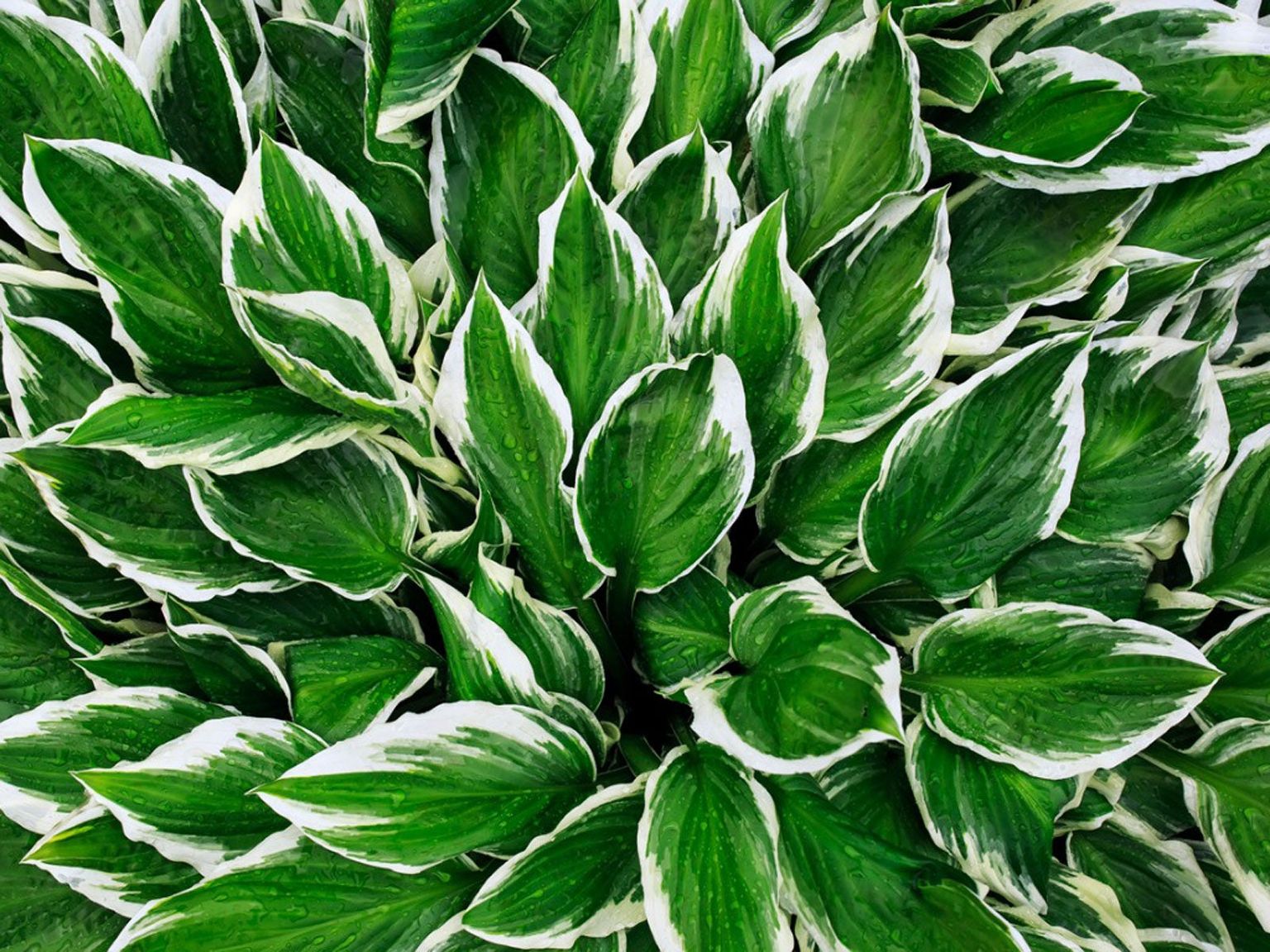How To Grow And Care For A Hosta Plant
Hostas are some of the most beloved ornamental plants in the gardening world, praised for their visually stunning leaves, easy maintenance, and adaptability to various climates. If you're looking to add some hostas to your garden, you've come to the right place! In this post, we'll provide a complete guide to hostas, including how to plant, grow, and care for them in 2021. Before we dive into the details, let's briefly discuss what hostas are. Hostas are foliage plants that are typically grown for their exceptionally beautiful leaves, which come in a variety of colors and patterns, depending on the cultivar. The plants themselves are herbaceous perennials, meaning that they die back to the ground during the winter months and come back in the spring. Plant Attributes: If you're considering planting hostas, it's essential to understand their key characteristics to ensure that they thrive in your garden. Here are the essential plant attributes to keep in mind: 1. Sun Exposure: Hostas grow best in partial to full shade, although some cultivars can tolerate more sun than others. If you're growing hostas in a sunny spot, make sure to provide them with adequate moisture. 2. Soil Needs: Hostas prefer well-draining, fertile soil that's rich in organic matter. If your soil is clay-like or poorly-draining, consider amending it with compost or other organic materials. 3. Water Requirements: Hostas need regular watering to thrive, especially during hot and dry weather. Make sure to keep the soil consistently moist but not waterlogged. 4. Size and Spacing: Hostas come in a wide range of sizes, from miniatures that are just a few inches tall to giants that can reach up to 4 feet in height. When planting hostas, make sure to give them enough space to grow and spread, depending on their ultimate size. Plant Care: Now that you know the plant attributes let's discuss the best practices for caring for your hostas: 1. Fertilizing: Hostas are heavy feeders, so they benefit from regular fertilization throughout the growing season. Use a balanced fertilizer, such as a 10-10-10 or 10-10-20 formula, every four to six weeks during the growing season. 2. Mulching: Hostas benefit from mulching, which helps to retain moisture in the soil, suppress weeds, and regulate soil temperature. Apply a 2-3 inch layer of organic mulch, such as shredded leaves or compost, around the base of the plants. 3. Pests and Diseases: Hostas are relatively pest-free, but they can still be susceptible to slugs and snails, which can damage the leaves. To prevent damage, regularly inspect your hostas for pest activity and apply slug baits or other pest control measures as necessary. Pruning: Hostas don't require much pruning, as they are primarily grown for their foliage. However, if your hostas begin to look shabby or become too large for their space, you can prune them back in the spring or fall. Use a clean, sharp pair of shears to remove any yellowing or damaged leaves, or cut the entire plant back to a few inches above the ground to rejuvenate it. Propagation: Hostas are easy to propagate, and you can divide and transplant them every few years to keep them healthy and vigorous. To divide hostas, dig up the entire clump in early spring or fall, and gently separate the individual plants, making sure that each section has roots attached. Replant the divisions in a well-prepared soil, and water thoroughly. Potting & Repotting: If you want to grow hostas in a container, choose a large pot with adequate drainage, and use a high-quality potting mix that's rich in organic matter. Plant the hosta at the same depth it was growing in the ground, and water thoroughly after planting. To repot hostas, simply remove them from the old pot, gently remove any old soil or dead roots, and replant in a larger pot with fresh soil. Common Pests & Plant Diseases: Hostas are relatively disease and pest-free. However, they can still be susceptible to a few common problems, including: 1. Slug and Snail Damage: These pests can chew on the hosta leaves, leaving large holes and ragged edges. 2. Crown Rot: This is a fungal disease that causes the hosta's crown to rot and turn brown. It's usually caused by overwatering or poor drainage. 3. Leaf Spot Diseases: These are fungal diseases that cause black or brown spots to form on the hosta's leaves. They're often caused by overwatering or poor air circulation. Common Problems: If you experience any of the above problems, here are some tips to keep your hostas healthy and thriving: 1. Slug and Snail Damage: Use slug baits or other pest control methods to keep the pests under control. 2. Crown Rot: Improve drainage around the hosta, and avoid overwatering. 3. Leaf Spot Diseases: Remove any infected leaves, improve air circulation, and avoid overwatering. In conclusion, growing hostas can be a rewarding and exciting experience for any gardener, whether you're a seasoned pro or a beginner. With a little bit of care and attention, your hostas will provide you with years of beauty and enjoyment. We hope this guide has provided you with all the information you need to plant, grow, and care for your hostas in 2021! 



www.gardeningknowhow.com

www.pinterest.com

www.pinterest.com
Post a Comment for "How To Grow And Care For A Hosta Plant"